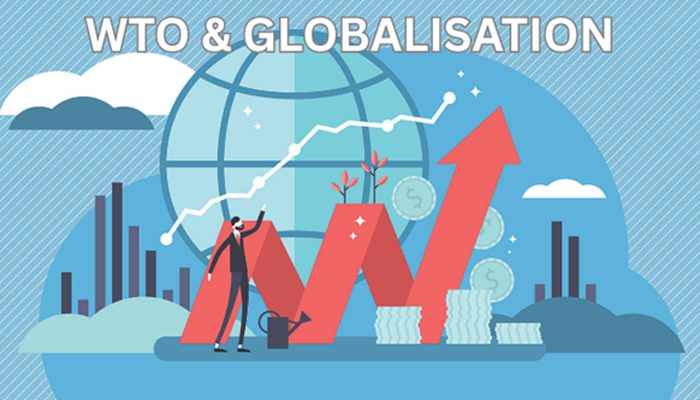World Population Day 2024: Exploring India's Top 10 Most Populated Cities Amidst Rapid Growth
- Admin
- 1 year ago
- 3 minutes read

World Population Day, observed on July 11th, highlights the challenges and opportunities posed by global population growth. The world's population has surged dramatically over recent centuries. It took millennia for the global population to reach 1 billion, yet only 200 years to soar to 7 billion. The United Nations forecasts a rise to 8.5 billion by 2030, 9.7 billion by 2050, and 10.9 billion by 2100.
India, now the world's most populous country, has surpassed China, as reported by the UNFPA's State of the World Population Report. With a population growth rate just under one per cent annually, India’s population could double in the next 75 years. Home to over 1.4 billion people, the top 10 densely populated Indian cities as of 2024, based on the UN World Urbanisation Prospects 2018, underscore the nation’s urban density challenges.
Top 10 Most Populated Cities in India in 2024
- Delhi, India's largest city, houses over 33.8 million people, exceeding the populations of entire countries like Malaysia and Peru.
- Mumbai, renowned as India's financial capital, boasts a population of 21.7 million, surpassing countries such as Romania and the Netherlands.
- Kolkata, a vibrant cultural hub, is home to 15.6 million people, more than the populations of Greece and Portugal combined.
- Bengaluru, India's technology hub, has a population of 14 million, larger than Belgium.
- Chennai, a major metropolitan center in the south, hosts 12 million people, surpassing Cuba's population.
- Hyderabad, known for IT and pharmaceutical industries, has 11.2 million residents, surpassing Hungary's population.
- Other cities like Ahmedabad, Surat, Pune, and Jaipur also exceed the populations of entire countries such as Hong Kong, Bulgaria, Switzerland, and Norway.
Key Highlights
India has recently become the world's most populous country, according to the latest UN report, with a population of 1,428.6 million. A significant 68% of its people are aged between 15 and 64 years, while 26% fall within the 10-24 age bracket, making India one of the youngest nations globally.
Despite its sizeable population, India's fertility rate has been steadily declining. The National Family Health Survey 5 (2019-21) reveals a total fertility rate of 2.0, below the replacement level of 2.1, marking a decrease from 2.2 reported in NFHS 4 (2015-16).
Experts attribute India's large population to past demographic momentum, projecting a potential decline around 2050. Delhi and Mumbai rank among the top 10 most populous cities globally, reflecting India's urbanization and global integration trends. These megacities significantly contribute to India's demographic landscape.
As India undergoes rapid urbanization, tackling infrastructure, environmental, and social challenges becomes crucial for sustainable and inclusive growth. BJP's JP Nadda highlights the government's focus on integrating these aspects into national policies to ensure demographic growth translates into a sustainable and prosperous future.












